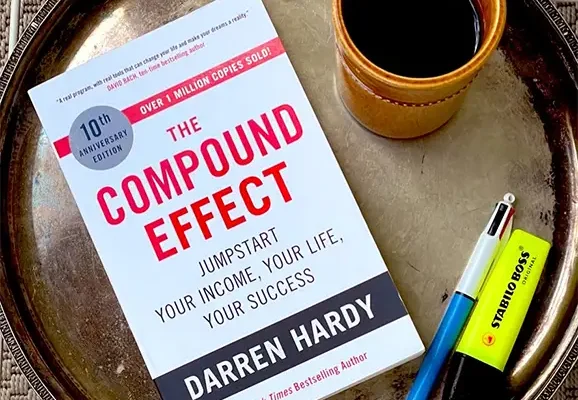Do you struggle with keeping track of ‘who lived when?’, ‘who lived before who, and who came first?”. In this article I will show you how you can chronicle historical figures and event by keeping you own timeline that is based on your own interest.
Feeling confused about the chronology of history?
As readers and lifelong learners you encounter a lot of stories and examples from history. And that’s one of the great joys of reading— But it can be tough to keep track of when in time all these people and events happened. — it’s easy to get people and events muddled.
I will teach an efficient way to build your own timelines. This is a technique that is not only fun, but also provides a nice sense of progress as you learn more and more.
Why you should create a timeline?
You might ask “But why go through the trouble? I bet tons of people already made timelines like these. I could just use them, right?”
Yes, you could copy-paste a list of important historical people and try to study it,but then there would be no personal ties between you and the data. By building the timeline based on your own associations, interests, and emotions will help you remember it.
What’s on the list is only secondary to the fact that YOU created it. It’s when we make things ourselves that the magic happens. For instance, try to study a map or ancient greece compared to spending the same time painting a map of ancient greece yourself and you will understand the difference. By creating we help the brain build a stronger bonds to the information we try to memorise.
How to create your timeline
All you need to get started is an empty text document.
I use Evernote and Google docs for my writing, but I’m sure there are other great alternatives out there.
As you come across interesting people throughout history you jot at them to your list in chronological order with birth and death dates.
I’ve also split my timeline into different epoks to make it easier to see i what era people lived. For instance; AD vs. BC off course, The middle ages, the renaissance, the enlightenment, etc.
I also add a word or two about the person’s role in history: I.e was the person a philosopher, inventor, founder of this and that.
As you add new entries to your list and try to fit new persons into the timeline you will get a natural recap of previous entries, and this will help you recall and retain the information.
One thing I noticed is that the list can be a fun thing to use as a quiz with friends. Asking who was first? This person or that.
One thing you will notice is that the list can be a fun to use as a quiz with friends. Asking “who came first? This person or that person.”
Other types of timelines
Another approach is to have more than one list and track other categories. For instance you can have another list for important historical events and inventions. When was penicillin discovered? When was the American civil war? When did the Berlin Wall fall?
I really recommend this approach and I’ve been working on my list for years now. Most importantly, it’s fun. It like pokemon’s in a way. You gotta catch them all!
Find great reads on my book reviews page and the Great Books List
Video Reviews every week on YouTube




